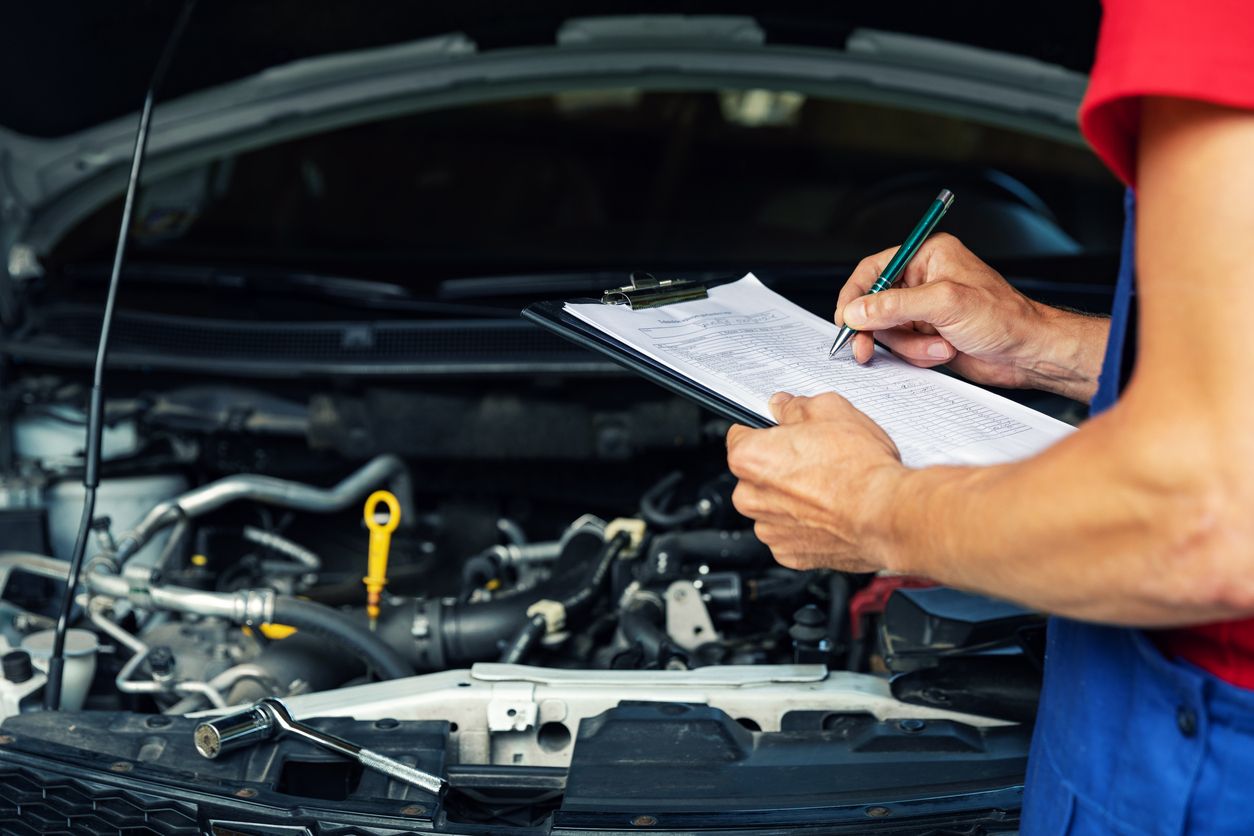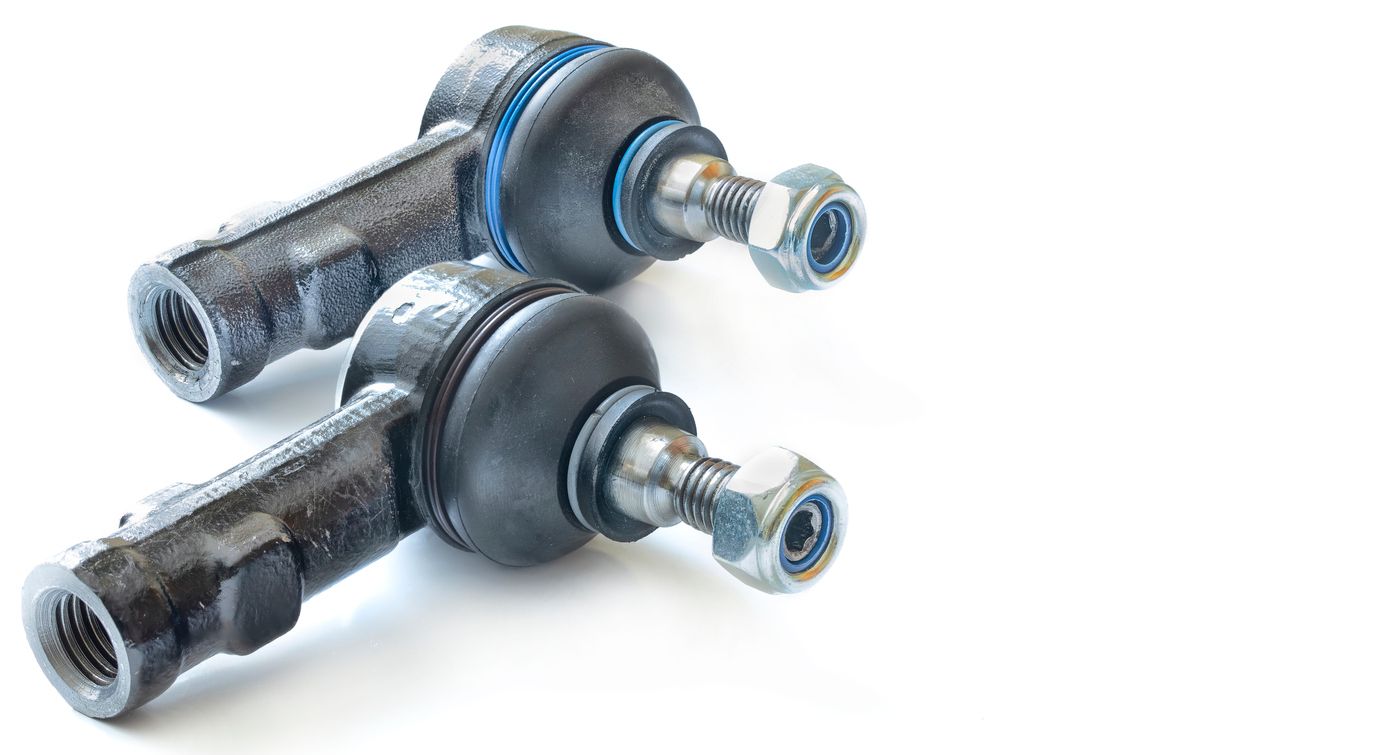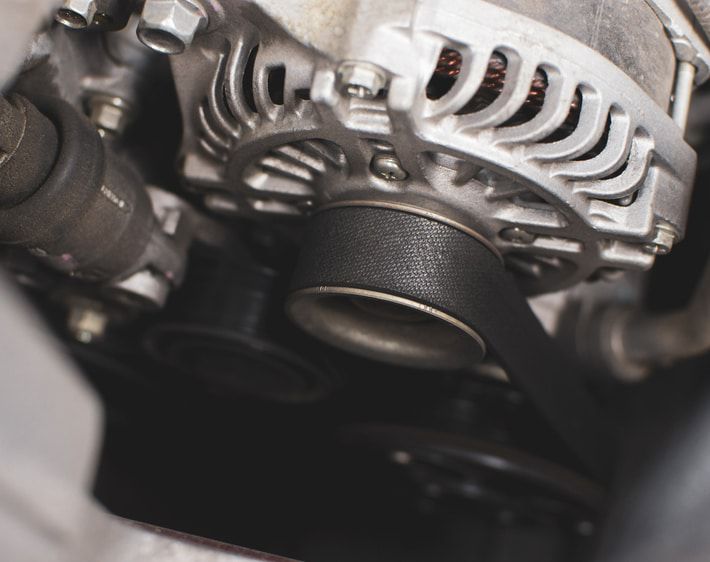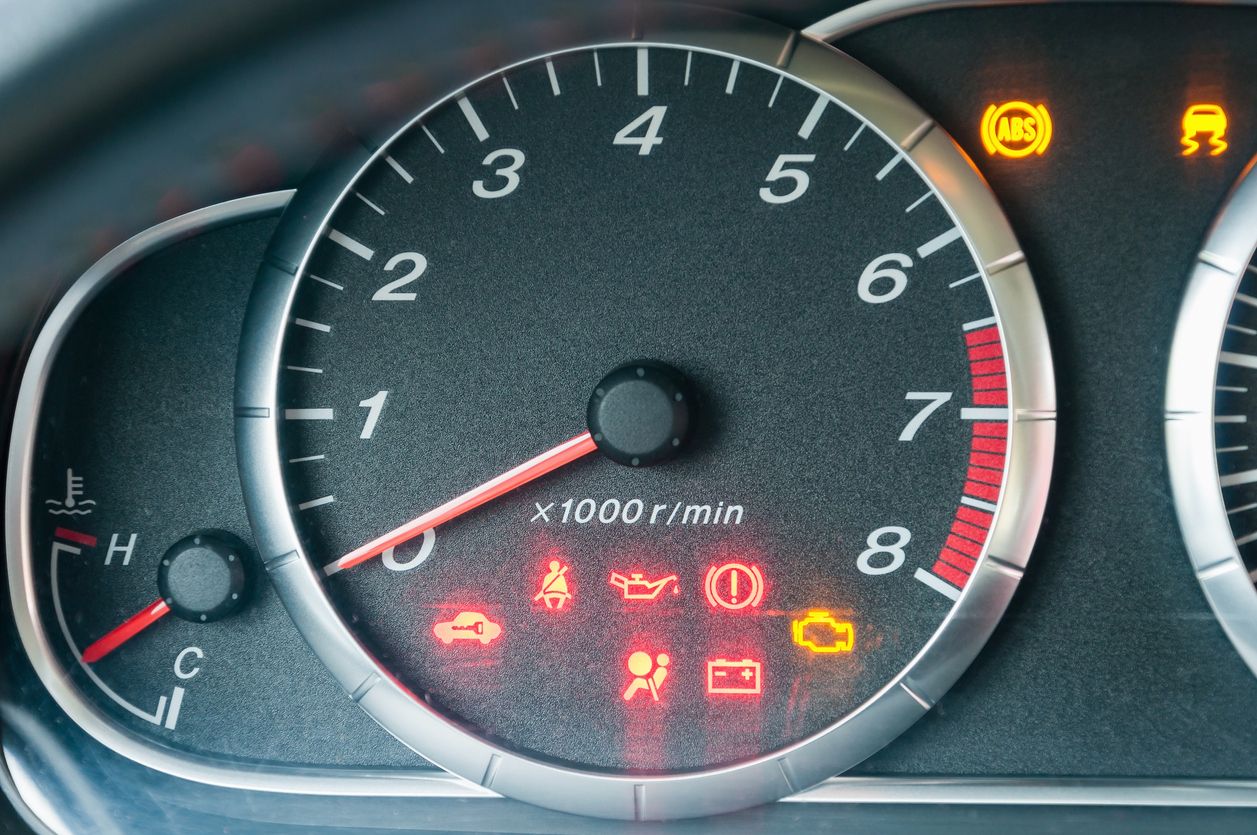Depending on where you live, you may need to pass a state inspection before you can register your vehicle. Like routine vehicle inspections, a state inspection is designed to help ensure important systems in your car work as they should and your vehicle is ready for the road.
But what do car inspections look for? And how can you make sure you pass one? In this guide, we break down vehicle safety inspections to help you prepare before your next auto shop visit.
What Do They Check in a Vehicle Safety Inspection?
What is checked during a car inspection can vary from state to state and even county to county. In general, you can expect the safety inspection to include checks of these systems and components:
Tires
Your tires are the only contact your vehicle has with the road, and their condition can impact the handling and performance of your ride. During a safety inspection, your tires will likely be checked for tread depth and signs of potentially dangerous damage like bubbles. Your spare tire may also be checked to ensure it’s in good condition.
Windshield and Windshield Wipers
A clear view of the road is essential while driving, so your state inspection will probably include a windshield and wiper check. The technician will ensure your windshield has no cracks blocking your line of vision and that your wiper blades are present and working properly.
Brakes
Brakes are among the most critical systems in your vehicle, so it should be no surprise they are included in state inspections. Some states only require the technician to perform a stopping test to verify braking performance, while other states require the technician to check your pads, rotors, calipers, and fluid to ensure everything works. They may also inspect your parking/emergency brake.
Lights
Other drivers need to be able to see you and know your next move, which is why lights are an essential part of a car inspection. Your headlights, taillights, turn signal lights, hazards, brake lights, and even license plate lights all need to be functioning.
Steering and Suspension
Issues with your steering and suspension systems can make maneuvering your vehicle difficult, putting yourself and others at risk. During a safety inspection, the technician may ensure your car has no loose steering or suspension components and that your shock absorbers are in working order. They may also check your alignment.
Emissions
Not every state or county requires an emissions test, but many do. Also known as a smog test, an emissions test measures the amount of carbon monoxide (CO), oxides of nitrogen (NOx), hydrocarbons (HC), and other pollutants leaving your exhaust system to ensure they fall within environmental emissions standards.
This test usually involves inserting a gas-analyzing probe into the tailpipe, which samples the pollutants exiting through the exhaust. With computerized engine controls and technological advancements, these types of tests are being phased out and replaced with checks to make sure that the On-Board Diagnostic II (OBDII) system is working properly.
Mirrors
You need to see who/what is coming up behind you and next to you while driving, which is where your side and rearview mirrors come into play. Your vehicle likely needs all three mirrors present and undamaged.
Seatbelts
You buckle up every time you get behind the wheel, yet seatbelts might not be an item you expect to be on your car inspection checklist. Seatbelts are meant to help protect you should you get involved in a collision, and they are a necessary part of your safety inspection. The technician may check that all seatbelts extend and retract properly, buckle correctly, and are free from fraying or other potentially hazardous damage.
Horn
Your car horn helps you communicate with other drivers on the road and may be included in your safety inspection. A technician will check that your horn sounds without being too loud or too quiet.
What Will Make a Car Fail Inspection?
A car will fail inspection if there is a problem with any of the systems checked. Common reasons a car might not pass the safety inspection include:
- Worn windshield wipers
- Illuminated check engine light
- Burnt-out headlights or taillights
- Worn tires
- Faulty brake components
If your car fails inspection, you’re not out of luck. Schedule a service appointment at your local Firestone Complete Auto Care. We can help with most car repair issues and will have your car in passing condition in no time.
How to Pass a Vehicle Inspection
State inspections aren’t a trick test. Your local government just wants to ensure your car is in good enough condition to be on the road. So, if you want the best possible chances of passing your inspection on the first try, be proactive with routine maintenance tasks and inspections. Regular maintenance can help keep your vehicle in top shape, and inspections can help catch potential problems early on.
Complete Vehicle Inspections
Firestone Complete Auto Care offers comprehensive Complete Vehicle Inspections to help maintain your car’s performance. During this inspection, we will check your car bumper to bumper, including:
- Tires
- Battery
- Wiper blades
- Lights
- Air filter
- Steering and suspension
- Fluid levels and condition
- Hoses, belts, and wires
- Brake system
If we find something amiss, we’ll provide a service plan to get your car back up and running at its best. Stopping by for our Complete Vehicle Inspection ahead of your state inspection can help ensure your vehicle is ready to pass with flying colors.
Visit Firestone Complete Auto Care for a Complete Vehicle Inspection
Want to ensure your vehicle passes the state safety inspection in your area? Or maybe you're just looking to ensure your vehicle stays in tip-top shape. Either way, Firestone Complete Auto Care can help. Many of our locations offer state inspections and emissions testing, and all of them provide Complete Vehicle Inspections.
Contact your nearest Firestone Complete Auto Care to find out which services are offered near you.



